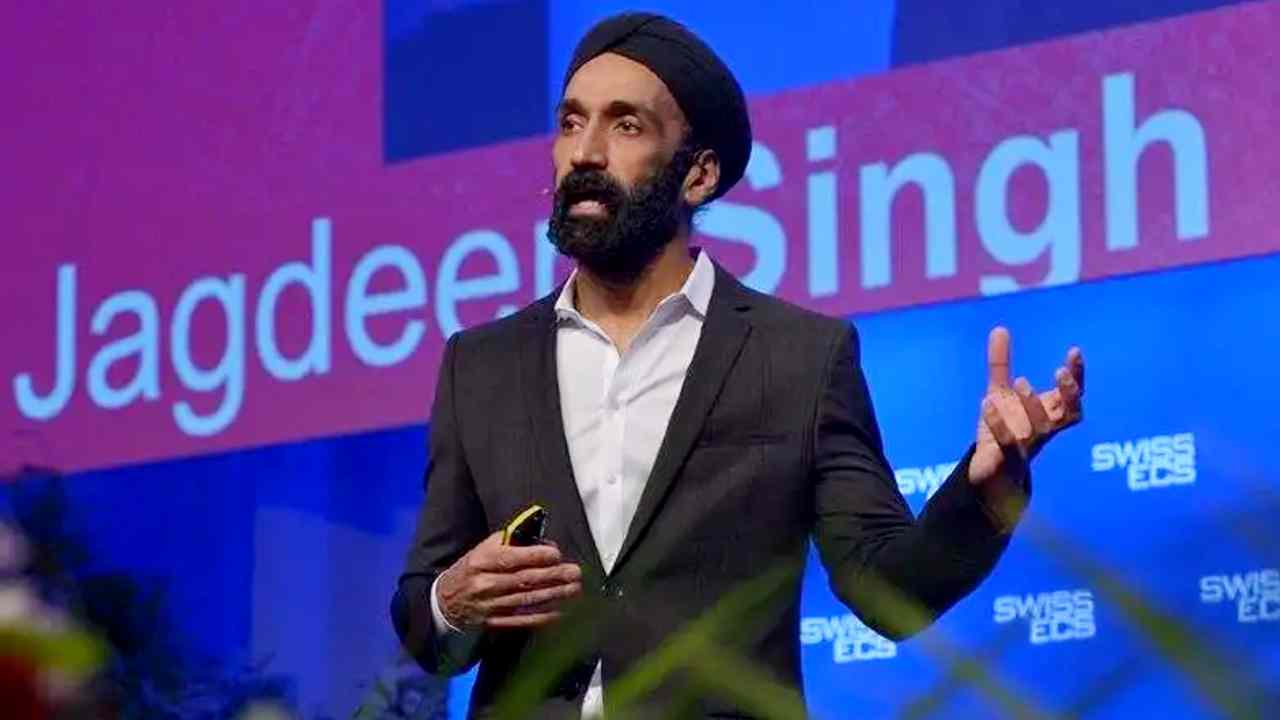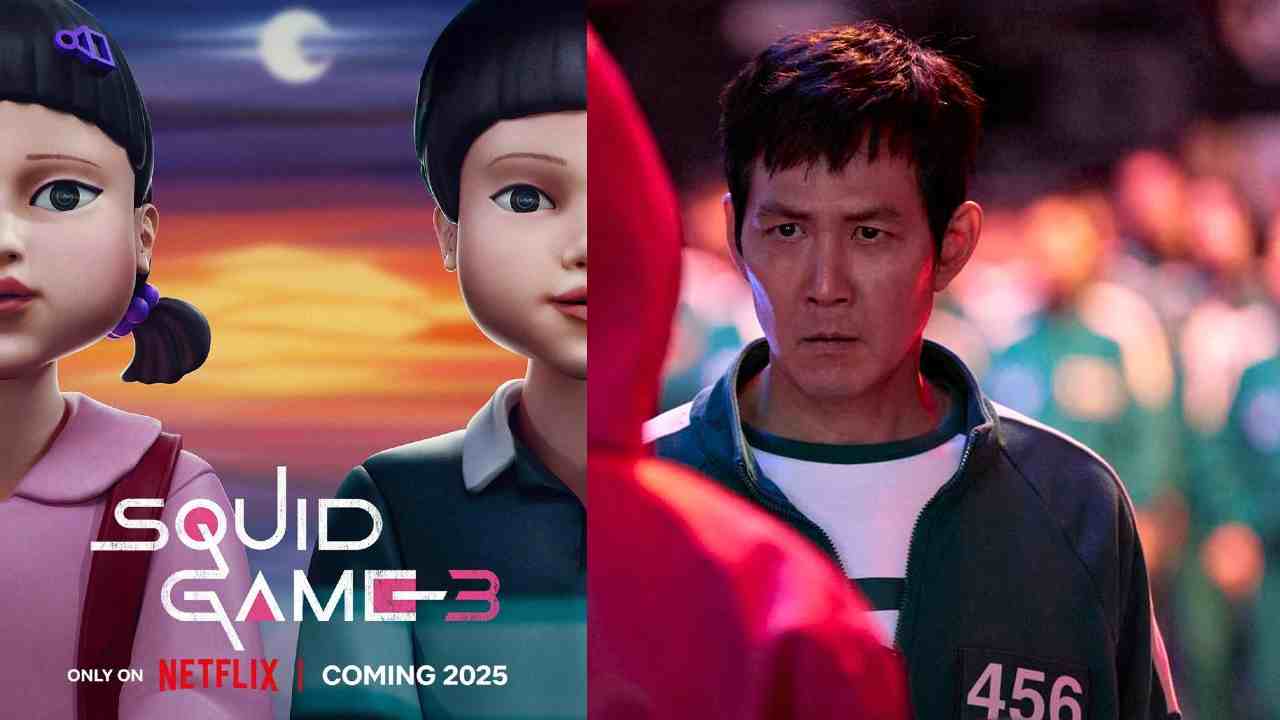Upcoming Federal Reserve Meeting: A Critical Juncture for U.S. Economy
The Federal Reserve (Fed), the central banking system of the United States, is set to convene for a significant monetary policy meeting on September 17-18, 2023. With current economic indicators suggesting a slowdown in growth and low inflation, economists and investors alike are keenly anticipating whether the Fed will implement an interest rate cut to stimulate the economy. The pressing question remains: will a modest reduction in interest rates be sufficient to sustain economic expansion?
Recent Labor Market Trends
On September 6, the monthly jobs report revealed a marked slowdown in hiring across the U.S., recording its slowest pace since the onset of the COVID-19 pandemic in 2020. This decline has led to heightened skepticism among investors regarding the likelihood of the Fed enacting a substantial interest rate cut at the forthcoming meeting. As analysts parse through the implications of this report, the divide among Fed officials appears to widen, with some advocating for a more aggressive rate cut while others caution against it.
A Divided Fed: The Debate on Rate Cuts
According to a report from Bloomberg, KPMG Chief Economist Diane Swonk highlighted the tensions within the Fed, stating that the recent jobs data will ignite a vigorous debate among policymakers. While Fed Chairman Jerome Powell seems to be leaning toward a significant rate cut, others within the central bank are more cautious, favoring a smaller adjustment of around a quarter point. This divergence of opinions underscores the complexity of the current economic landscape and the challenges faced by the Fed in ensuring sustainable growth.
Economic Risks of Delayed Action
Critics of the Fed’s past decision-making, particularly under Powell’s leadership, lament the delayed actions that contributed to the worst inflationary period since the early 1980s. This tardiness diminished the purchasing power of American families and could set the stage for further economic troubles. Should the Fed adopt a similarly hesitant approach this time, it risks exacerbating unemployment and potentially triggering a recession. Economists emphasize that proactive measures are crucial, warning that a conservative stance amid rising joblessness may lead to prolonged economic stagnation.
Current Unemployment Trends
Recent statistics indicate a concerning trend in the job market, with the U.S. unemployment rate climbing by nearly a full percentage point from its historic lows. A report from the Bureau of Labor Statistics, released on September 4, revealed that job openings fell to the lowest level since early 2021, further highlighting the cooling labor market. The Fed will have the opportunity to reassess these developments, with two additional monthly jobs reports to be released before its next meeting on November 6-7.
Inflation Concerns Loom
Despite the compelling arguments for rate cuts, some Fed officials remain wary of the inflation risks associated with a rapid reduction in interest rates. They argue that an abrupt change could shock the economic system and destabilize the fragile recovery. Notably, while layoffs have remained low, the ongoing slowdown in hiring could come back to haunt the economic recovery if not addressed adequately. The Fed’s previous aggressive rate hikes, the highest in over four decades, aimed to combat inflation but left many pondering the sustainability of such a strategy moving forward.
Conclusion
The upcoming Federal Reserve meeting presents a pivotal moment for U.S. economic policy. As officials weigh the prospects of an interest rate cut amidst slowing growth and rising unemployment, the decisions made will have significant implications for American families and businesses alike. A cautious yet strategic approach may be necessary to navigate the challenges ahead while aiming to foster sustained economic recovery.











